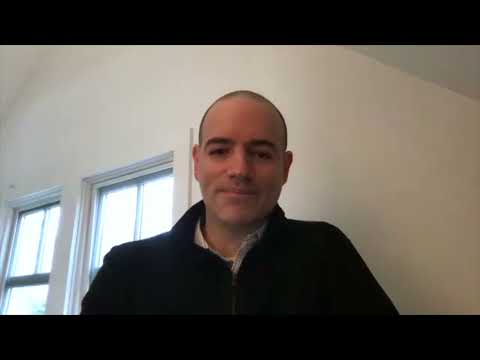What is chordoma?
Chordoma is a slow growing cancer of tissue found inside the spine. Chordoma can happen anywhere along the spine. It is most often found near the tailbone (called a sacral tumor) or where the spine meets the skull (called a clival tumor). Chordoma is also called notochordal sarcoma.
Chordomas form from the left-over cells that were important in the development of the spine before birth. These cells are called notochord cells. When the notochord cells don’t disappear after birth, they can turn into chordomas.
Chordomas grow very slowly. Many people don’t notice any change in their bodies for years. When they do start to have symptoms, it can take a while for the chordoma to be discovered and diagnosed.
Most people are diagnosed with chordoma in their 50s and 60s. Pediatric chordomas make up 5% of all chordoma diagnoses. Females are diagnosed slightly more often than males in childhood. Males are more often diagnosed as adults.
How common is chordoma?
Worldwide, one in one million people are diagnosed with chordoma per year.
How is chordoma diagnosed?
Symptoms of chordoma can be very different depending on where in your spine the chordoma starts. When chordoma starts at the base of the skull you may have headaches or double vision. Chordoma near the tailbone can cause pain down your legs and trouble controlling your bladder or bowels.
Imaging: When you have symptoms of chordoma, your doctor will take an image of your spine using an MRI to look at the size of the tumor and where it is. They may also use a CT scan to see if the tumor has spread.
Biopsy: To check if the tumor is chordoma, your doctor will do a biopsy, taking a small sample from the tumor with a needle. An expert, called a pathologist, will study cells from the sample under the microscope to see what kind of tumor it is. When viewed under a microscope, chordoma cells look like notochord cells.
How is chordoma treated?
When possible, chordomas are removed with surgery. Radiation therapy is sometimes used after surgery, or alone if surgery is not possible. Chordomas can be difficult to treat because they grow on the spine, near important tissues like nerves and blood vessels. It can be hard to get all of the tumor out of your spine without hurting the healthy parts of your body.
New research is being done using immunotherapy to treat chordomas and to find other treatments. Immunotherapy is a cancer treatment that uses the body’s immune system to fight the disease.
It is important to talk with a team of specialists to decide what the right treatment is for you. You can contact MyPART to get help finding specialists.
Does chordoma run in families?
The risk of passing chordoma on to your children is low, but there are rare cases where many members of the same family have chordoma.
How does chordoma form?
Scientists are always working to understand how cancer forms, but it can be hard to prove. We know that many people with chordoma have a small change in a protein called brachyury, made by the TBXT gene. Changes in other genes have also been found. Scientists are using brachyury to develop immunotherapy for chordoma.
What is the prognosis for someone with chordoma?
The estimate of how a disease will affect you long-term is called prognosis. Every person is different and prognosis will depend on many factors, such as:
- Where the tumor is in your body
- If the cancer has spread to other parts of your body
- How much of the tumor was taken out during surgery
If you want information on your prognosis, it is important to talk to your doctor. NCI also has resources to help you understand cancer prognosis.
Doctors estimate chordoma survival rates by how groups of people with chordoma have done in the past. Because there are so few people with chordoma, these rates may not be very accurate. They also don’t consider newer treatments being developed. Even so, we know that the average survival is around 10 years after diagnosis. Your chances of survival depend on where the tumor is and how much can be removed by surgery. In some cases, complete cures are possible.
Pediatric and Young Adult Chordoma Clinic
In April 2019, MyPART staff, in collaboration with the Chordoma Foundation, hosted the first Pediatric and Young Adult Chordoma Clinic at the NIH Clinical Center. The clinic included expert physicians from both inside and outside the NIH. Patients were identified by experts in the field of pediatric chordoma and by the Chordoma Foundation and were recommended for the clinic based on the complexity of their case and need for treatment advice. Read more about the clinic here.

